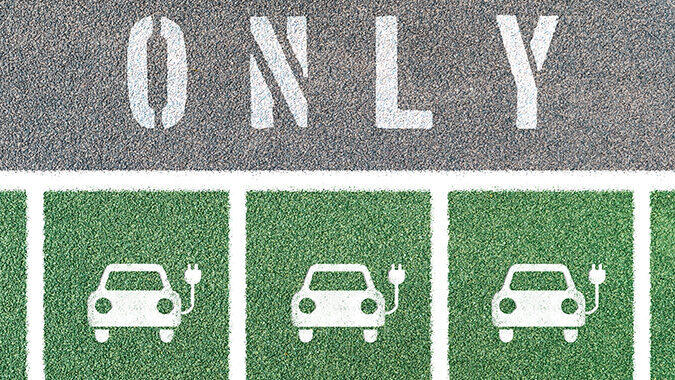The EPA this week proposed rules requiring electric vehicles to account for two-thirds of new cars sold in the US by 2032.
And that’s on top of a New Jersey mandate that 100% of new cars sold in the Garden State be electric by 2035.
According to NJBIA Deputy Chief Government Affairs Officer Ray Cantor, a troubling nexus is emerging.
“If these proposals are adopted and implemented, it will not only fundamentally change what you drive and how you drive – but, in some cases, if you can drive.
“Because these arbitrary deadlines are coming in a relatively short amount of time and because EV costs and feasibility will likely not be addressed in the interim, the real-world impact is there may be people who won’t be able to afford to drive.”
A NEW KIND OF CHARGE
The little-known contingencies built into New Jersey’s adoption of California’s Clean Car II program are what will lead to higher automobile prices, Cantor said.
New Jersey’s EV sales are currently only at 7%. But the 2035 program will likely start in earnest with model year 2027 vehicles – with a mandated target of having 43% new EV sales. That percentage will increase each year heading to 2035.
If the targets are not reached, Cantor says, it’s likely there will be a $5,000 penalty or surcharge imposed on the buyer of every non-EV car sold.
“And that’s where we will start getting to a point where more people will not be able to afford to own a car,” Cantor said. “You will see higher gas-fueled car prices based on higher demand, to go along with the higher cost of EVs.
“Both the state and federal government recognize these issues as challenges, and they seem willing to concede that a larger percentage of the population will no longer be able to afford to drive. What this new EV dynamic will do to the retail and hospitality industries, social mobility and our overall economy and productivity are very much open questions.”
CHANGE ANXIETY
Cantor suggests the EPA’s proposed rule announced this week is another sign that the feasibility of electric-vehicle reliance is still not being taken seriously.
“We do know our manufacturers have committed to making vehicles available to meet these mandates and they’re taking them seriously,” Cantor said.
“But there are very serious issues with the ability to actually sell and use that many EVs in that short a period of time.
“These issues include a lack of electricity to meet the demand, the lack of the electrical grid to handle the increased load for both supply and charging, a lack of home charging stations sufficient to meet this demand and an inability to ramp us so quickly, and the fact that many homes, such as apartment complexes, densely populated cities, and condominium complexes, are not conducive for EV charging.
“In addition to all these practical infrastructure requirements, the cost of an EV is beyond the reach of most people, even with incentives, and EVs are not convenient for long drives, even with more charging stations.”
Cantor said for an energy transition to come close to working effectively, and more affordably, more time will be needed to meet goals.
“As we’ve said before, there’s nothing wrong with trying to reduce emissions and to provide cleaner energy,” Cantor said. “But at the end of the day, this is a ramped-up energy transition with deadlines that are not feasible.
“You cannot close your eyes to what the overall costs are going to be – and that includes the cost of infrastructure and not just the cost of the actual energy. If consumers can’t afford it, the transition simply won’t work.”

